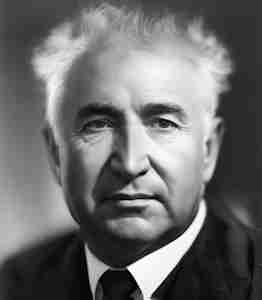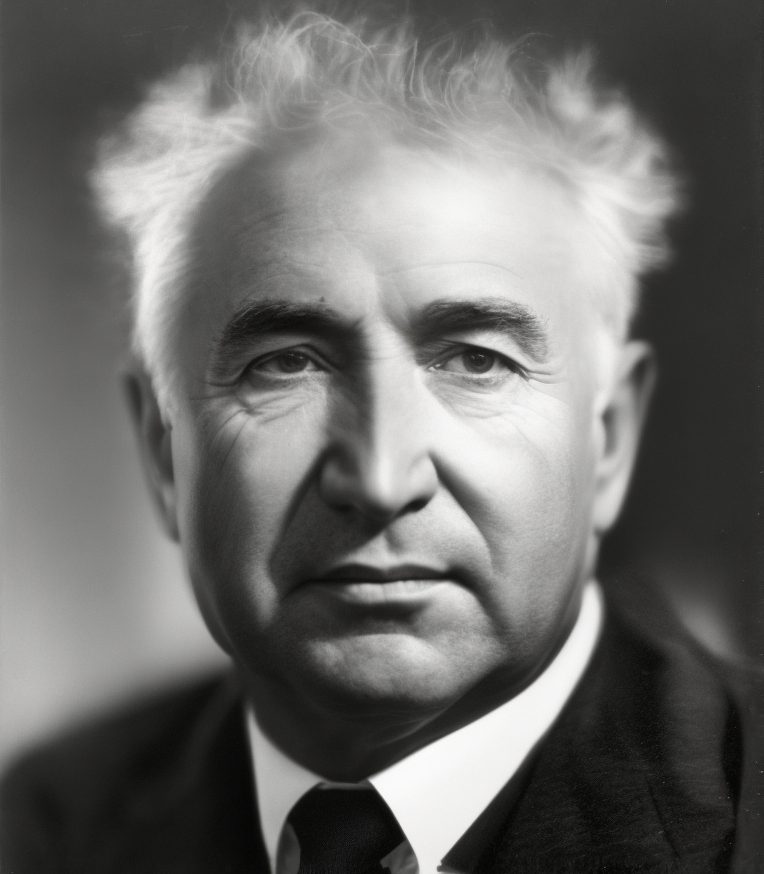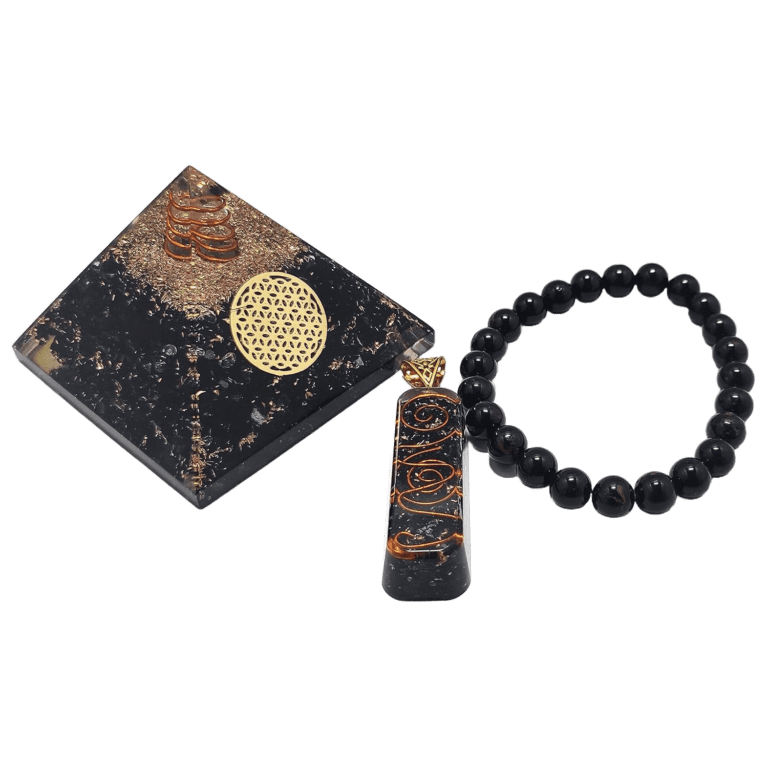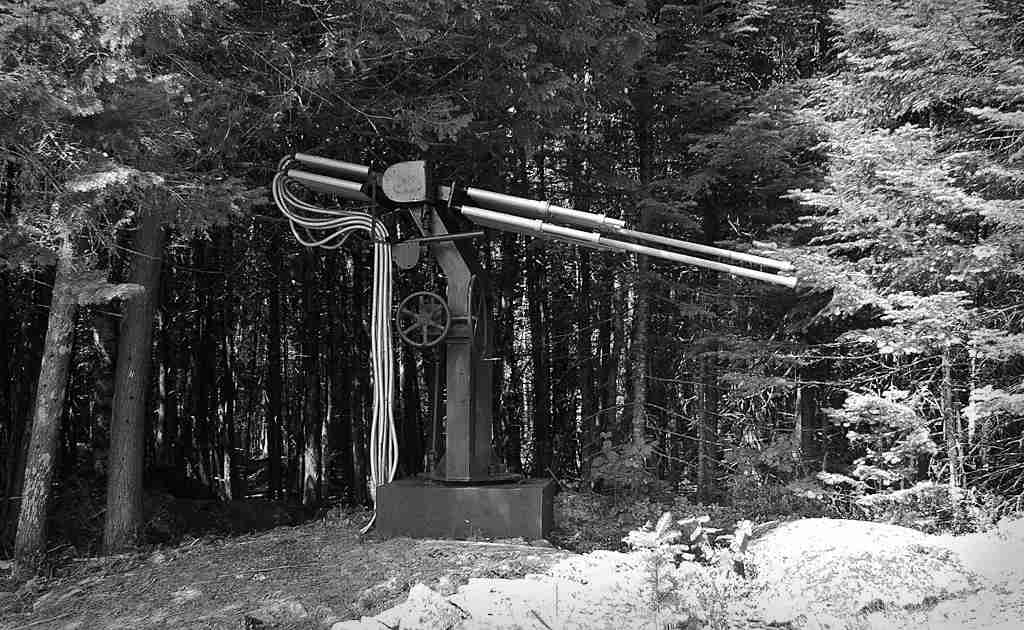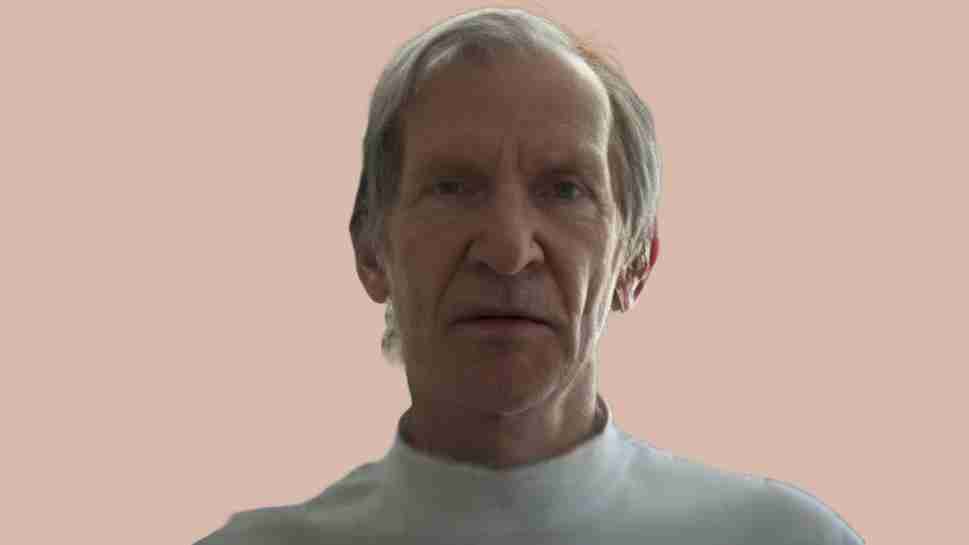Wilhelm Reich was a 20th-century psychoanalyst and researcher who left an indelible mark on the fields of psychology, orgonomy, and health. His life’s work was characterized by innovative theories, controversial experiments, and an unceasing quest into the mysteries of human consciousness and energy.
In this detailed article, we will delve into the life, contributions, and controversies surrounding Wilhelm Reich.
CHILDHOOD AND EARLY YEARS
The early years of Wilhelm Reich’s life were marked by adversity and tragedy. He was born on March 24, 1897, into a Jewish family in Dobzau, Galicia, a region that was then part of the Austro-Hungarian Empire (now Ukraine).
Reich experienced profound loss at an early age. When he was only 13 years old, his mother committed suicide, a devastating event that would shape his psychological perspective and future endeavors.
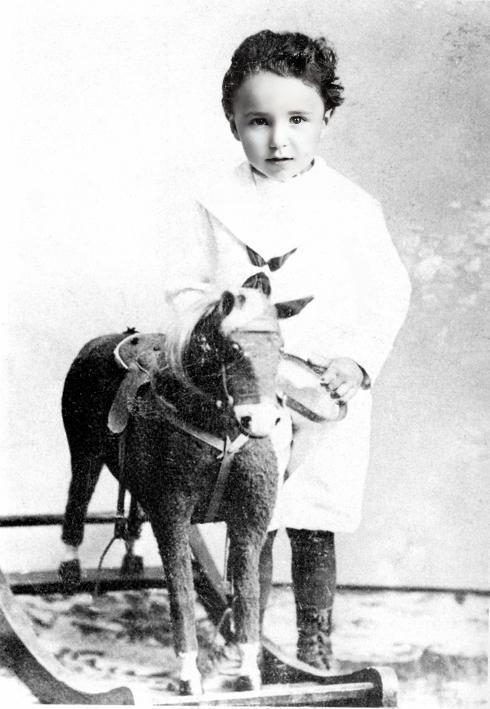
The loss of his mother plunged Reich into a period of deep introspection and emotional turmoil, creating trauma within him. Coupled with the conditions of poverty and destitution in his home, this experience endowed him with a keen sensitivity to the complexities of human psychology and a strong interest in understanding the underlying causes of emotional suffering.
Despite the challenges he faced, Reich displayed exceptional intelligence and emerged as an academic prodigy from an early age. He pursued his education with determination, eventually enrolling in the medical faculty at the University of Vienna.

WILHELM REICH UNDER THE HORROR OF WORLD WAR I
In addition to the trauma of his mother’s suicide and the prevailing conditions of poverty in his home, another event that would forever shape Reich’s personality and future professional career was his participation in World War I.
In 1915, at the age of 18, he was drafted into the Austro-Hungarian army and served as a medic on the Eastern Front. As a field medic, Reich witnessed firsthand the physical and psychological toll that combat took on soldiers. The horrors of war, particularly the suffering and trauma endured by the men under his care, deeply affected him and sparked his interest in the psychological dimension of human behavior.
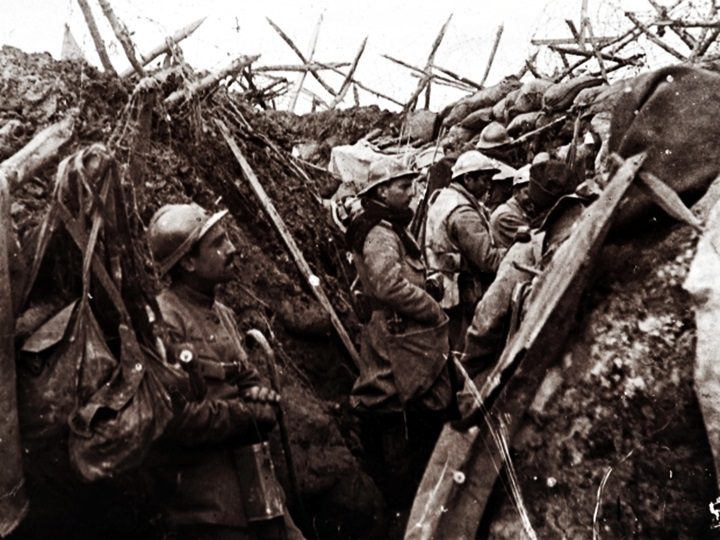
After the war, Reich returned to civilian life and pursued his academic endeavors. He enrolled in the medical faculty at the University of Vienna, where he studied under pioneering figures in the field of psychoanalysis, including Sigmund Freud. During this period, Reich began to develop his own theories about the relationship between sexuality, neurosis, and mental health, laying the groundwork for his own contributions to psychology.
His work as a psychoanalyst gained recognition, and he began to establish himself as a prominent figure in the psychoanalytic community of Vienna. His forward-thinking ideas and unconventional approach attracted attention and controversy, foreshadowing the innovative contributions he would later make in his theories on orgon, orgone energy, orgonomy, and orgone therapy in general.
WILHELM REICH AND SIGMUND FREUD: A DIFFICULT RELATIONSHIP.
Wilhelm Reich’s collaboration with Sigmund Freud marked a crucial period in his career and profoundly influenced his development as a psychoanalyst and theorist. Reich’s association with Freud began in the early 1920s when he joined the Vienna Psychoanalytic Society and became a devoted follower of Freud’s teachings.
Under Freud’s guidance, Reich immersed himself in the study of psychoanalysis and quickly distinguished himself as a sharp intellect and innovative thinker. He contributed to Freud’s work on the theory of libido, proposing provocative ideas about the role of sexuality in neurosis and mental health.
One of Reich’s most significant contributions during this period was his concept of “orgastic potency,” which he believed was crucial for psychological health and well-being. According to Reich, the ability to achieve full and satisfying sexual release was essential for resolving neurotic conflicts and achieving emotional balance.
Reich’s ideas about sexuality and the unconscious challenged conventional psychoanalytic wisdom and sparked lively debates within the Vienna Psychoanalytic Society. Despite some initial skepticism, Freud recognized Reich’s intellectual prowess and appointed him as a training analyst, giving him a platform to further develop his ideas and theories.
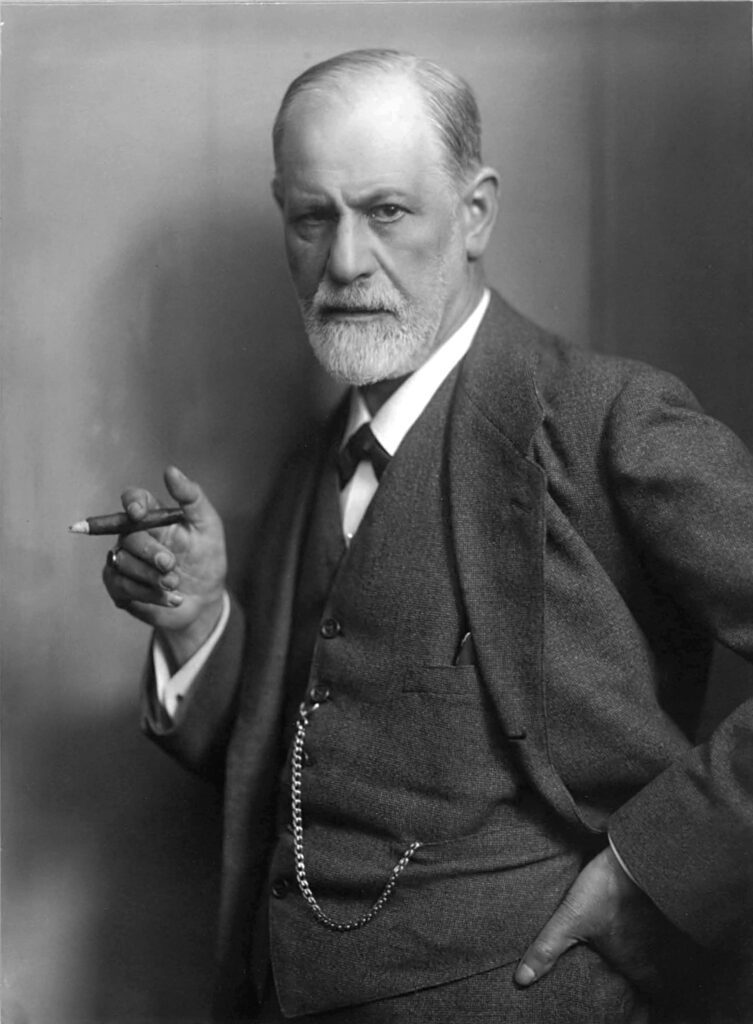
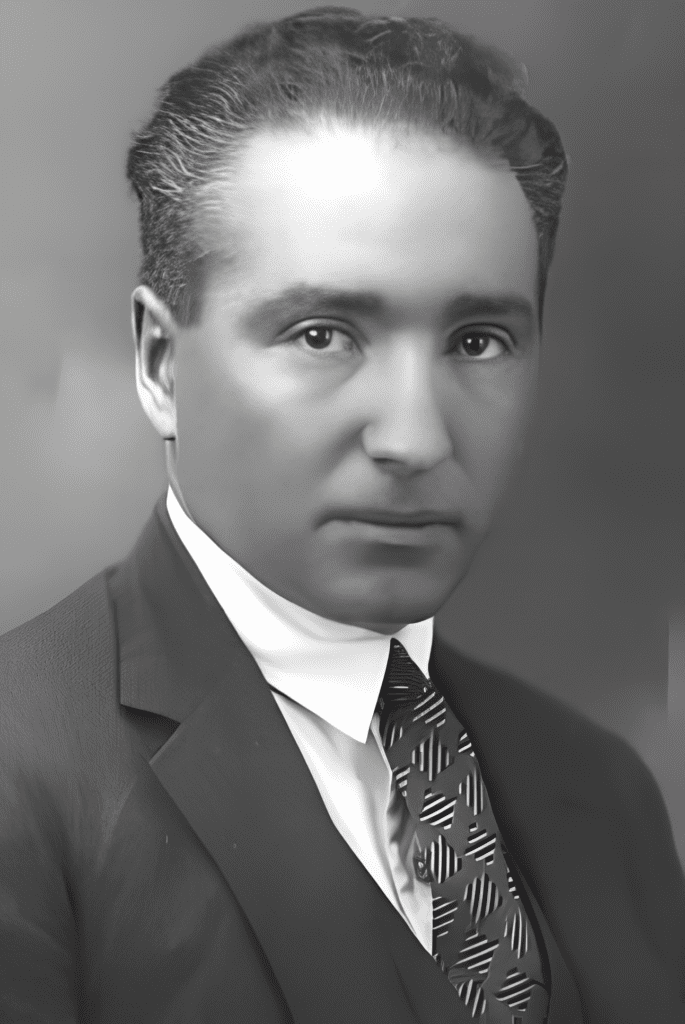
During his collaboration with Freud, Reich also became increasingly interested in the social and political dimensions of psychoanalysis. He sought to integrate Marxist principles with psychoanalytic theory, exploring the ways in which social forces and economic factors influence psychology and individual behavior.
However, as their respective theories diverged, tensions began to emerge between Reich and Freud. Reich’s insistence on the central role of sexuality in neurosis and his unorthodox therapeutic methods, including his emphasis on physical techniques like massage, clashed with Freud’s more conservative views. Ultimately, Reich’s departure from Freud’s psychoanalytic circle marked a turning point in his career. While he maintained a deep respect for Freud and continued to draw inspiration from his work, Reich forged his own path as an independent thinker and researcher, paving the way for his innovative contributions to the field of orgone theory.
DEVELOPMENT OF ORGONE THEORY
The cornerstone of Reich’s work lies in his study of orgonomy or orgone theory, a field that explores the relationship between life energy (orgone) and human health. Inspired by his experiences with patients and observations of natural phenomena, Reich formulated the theory of orgone energy, postulating it as a fundamental force in the universe.

RELATIONSHIP WITH MARXISM: WAS WILHELM REICH MARXIST?
Wilhelm Reich’s intellectual journey extended beyond the realm of psychology to the socio-political sphere, where his encounters with Marxist ideology profoundly influenced his worldview and theoretical framework. Reich’s relationship with Marxism was complex, characterized by a deep commitment to its principles and an attempt to integrate them with his psychoanalytic theories.
During his formative years in Vienna, Reich was actively involved in leftist political circles, where Marxist ideas were gaining ground amidst the social upheaval of post-World War I Europe. He was attracted to Marxism’s critique of capitalism, its emphasis on social justice, and its vision of a classless society. Reich saw in Marxism the potential for social transformation and liberation from the oppressive structures of bourgeois society.
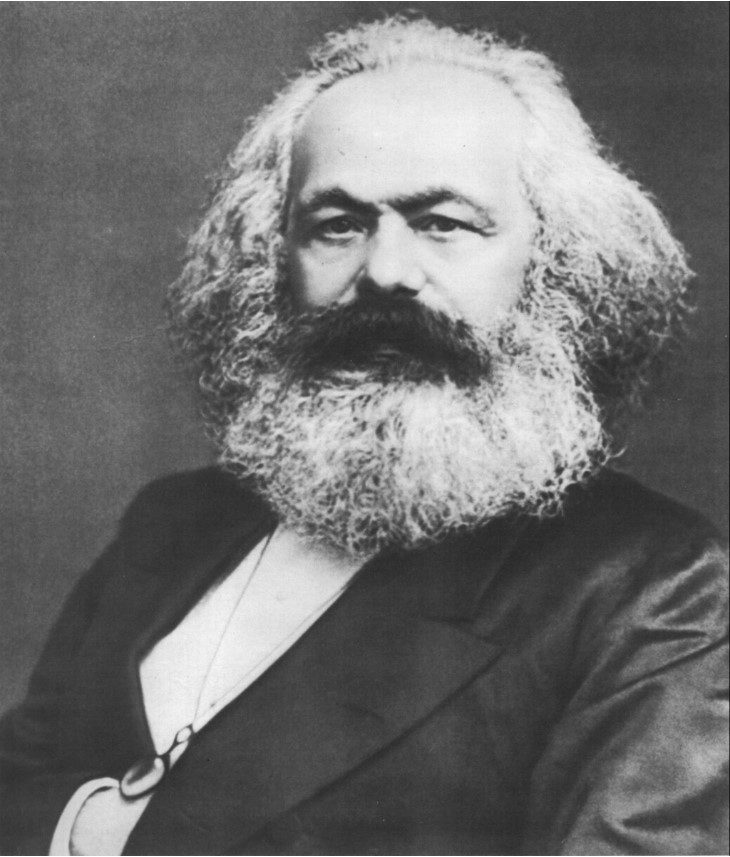
As Reich delved deeper into Marxist theory, he also focused on attempting to unify Marxism and psychoanalysis. Whereas any layman would see seemingly disconnected theories, he saw similarities between the unconscious dynamics of the individual psyche and the underlying mechanisms of social repression and exploitation. Reich believed that the repression of sexual and emotional expression in individuals reflected the suppression of natural human instincts under capitalism.
In his early writings, such as “Dialectical Materialism and Psychoanalysis” (1929), Reich attempted to unify Marxist and psychoanalytic concepts, arguing that sexual repression was not only a symptom of individual neurosis but also a mechanism of social control perpetuated by the ruling class, and proposed that sexual liberation and the overthrow of capitalist structures were intertwined objectives essential for human emancipation.
Reich’s commitment to Marxism intensified during his time in Berlin, where he joined the German Communist Party and engaged in leftist political activities. He saw psychoanalysis as a tool for understanding the psychological foundations of political ideology and sought to apply psychoanalytic insights to the analysis of social phenomena.
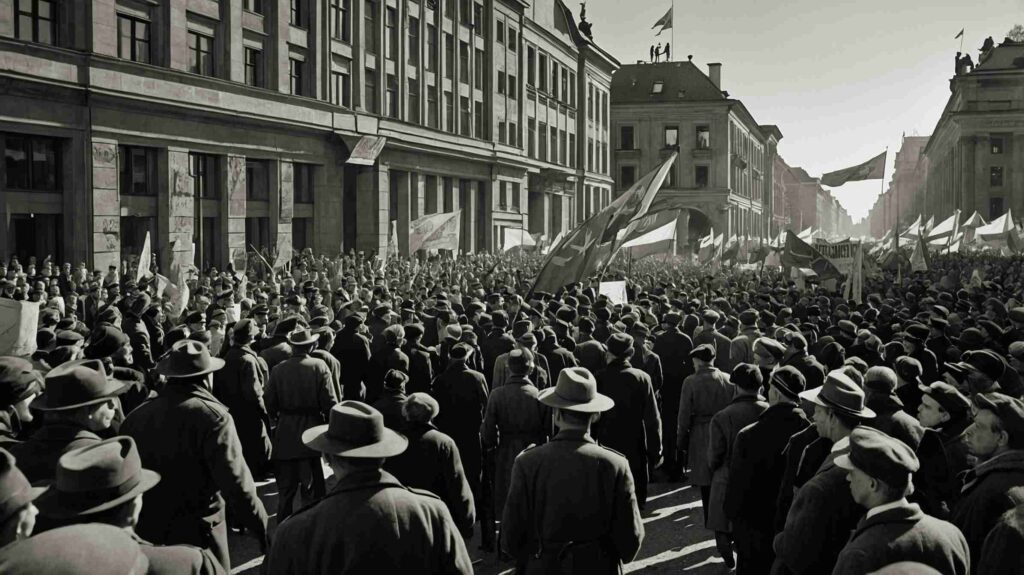
However, Reich’s relationship with Marxism was not without tensions and controversies. His unorthodox interpretations of Marxist theory and his insistence on the primacy of sexual liberation as a revolutionary force caused friction with orthodox Marxist thinkers. He believed that Communism could only materialize if accompanied by sexual freedom and founded the Sexpol organization, whose goal was to promote sexual freedom in the working class. His initiative, despite being successful, led some within the Marxist movement to view Reich’s ideas as deviations from Marxist orthodoxy and questioned their compatibility with revolutionary praxis. After the publication of the books “The Sexual Struggle of Youth” (1932) and “The Mass Psychology of Fascism” (1933), in the latter extending his critique to Stalinism, he was expelled from the Communist Party and the International Psychoanalytic Association.
Despite these setbacks, Reich remained committed to his vision of a unification between Marxism and psychoanalysis and continued to explore the intersection of psychology and politics, developing his theories on character structure, mass psychology, and the role of sexual repression in perpetuating authoritarianism.
THE CONFLICT WITH THE NAZIS, WILHELM REICH’S EXILE
Wilhelm Reich lived through the rise of Nazism in Germany. As a person socially committed to Marxism, and whose profession was uncomfortable for established social and political norms, Reich became the target of hostility and repression by the Nazi regime. As Adolf Hitler’s regime strengthened its control of power in the 1930s, Reich, who was based in Vienna at the time, faced increasing threats to his safety and freedom. The Nazis viewed psychoanalysis and other forms of “Jewish science” as threats to their ideology and sought to expel them from German society. Reich’s affiliation with leftist political movements and his provocative theories about sexuality and human liberation further angered Nazi authorities.
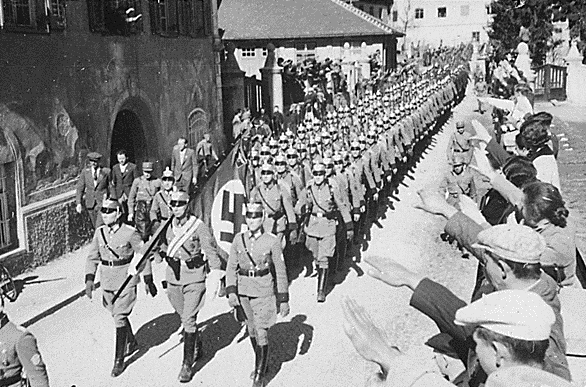
In 1933, following Hitler’s rise to power, Reich fled Austria and sought refuge in Scandinavia, where he continued his work and writings. However, the tentacles of the Nazi regime were already deeply entrenched in various parts of Europe, forcing Reich to move several times in search of safety and stability.
Meanwhile, in Germany, the regime banned and condemned Reich’s work and writings. In 1933, the Nazis orchestrated the infamous book burnings, in which publicly deemed subversive or “un-German” works were destroyed. Reich’s books were among those thrown into the flames, underscoring the regime’s hostility toward his ideas.
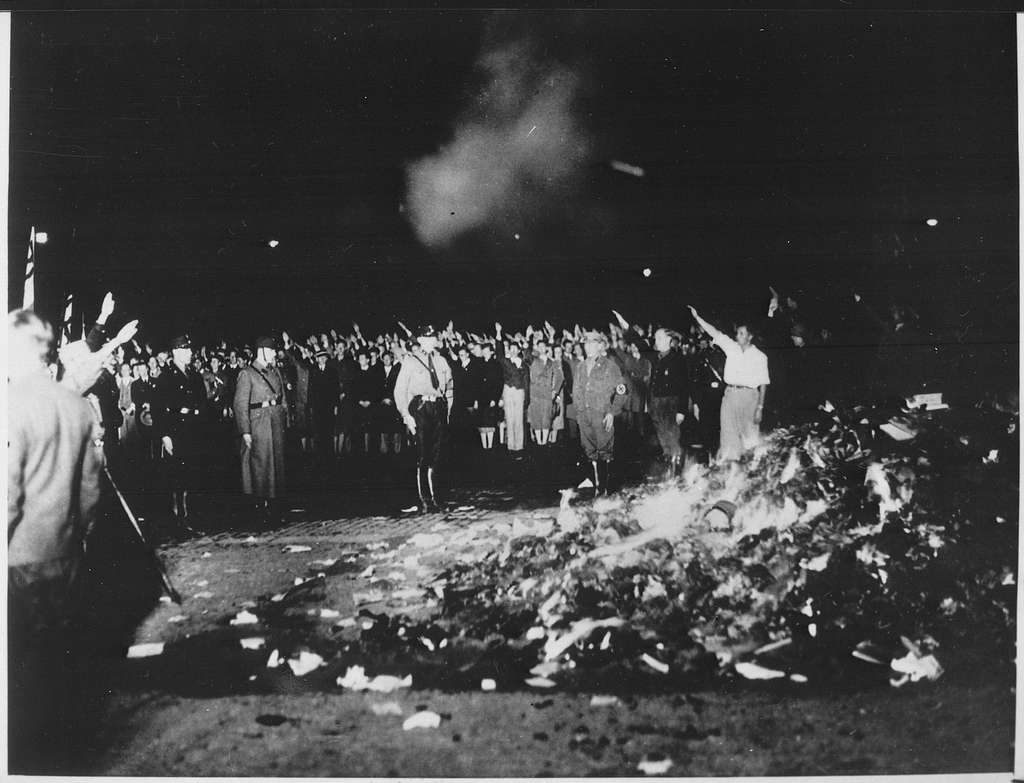
As World War II engulfed Europe, Reich’s situation became increasingly precarious. With the Nazi occupation of Denmark and Norway, he was forced to flee once again, finally finding refuge in the United States in 1939. His arrival in America marked the beginning of a new chapter in his life.
LIFE IN THE US. REICH’S DEVELOPMENT OF ORGONOMIC RESEARCH
In the United States, Reich wasted no time in resuming his research and writings, founding the Orgone Institute in New York City and the Wilhelm Reich Foundation, dedicated to advancing science and education in orgonomy. These institutions served as centers for research, experimentation, and the dissemination of Reich’s ideas to a wider audience.
In addition to his social activities, he continued to deepen the development and refinement of orgonomic principles and experimental techniques. Building on his previous research, Reich conducted experiments to explore the properties of orgone energy and its potential applications in medical and psychological therapies, as well as environmental sciences.
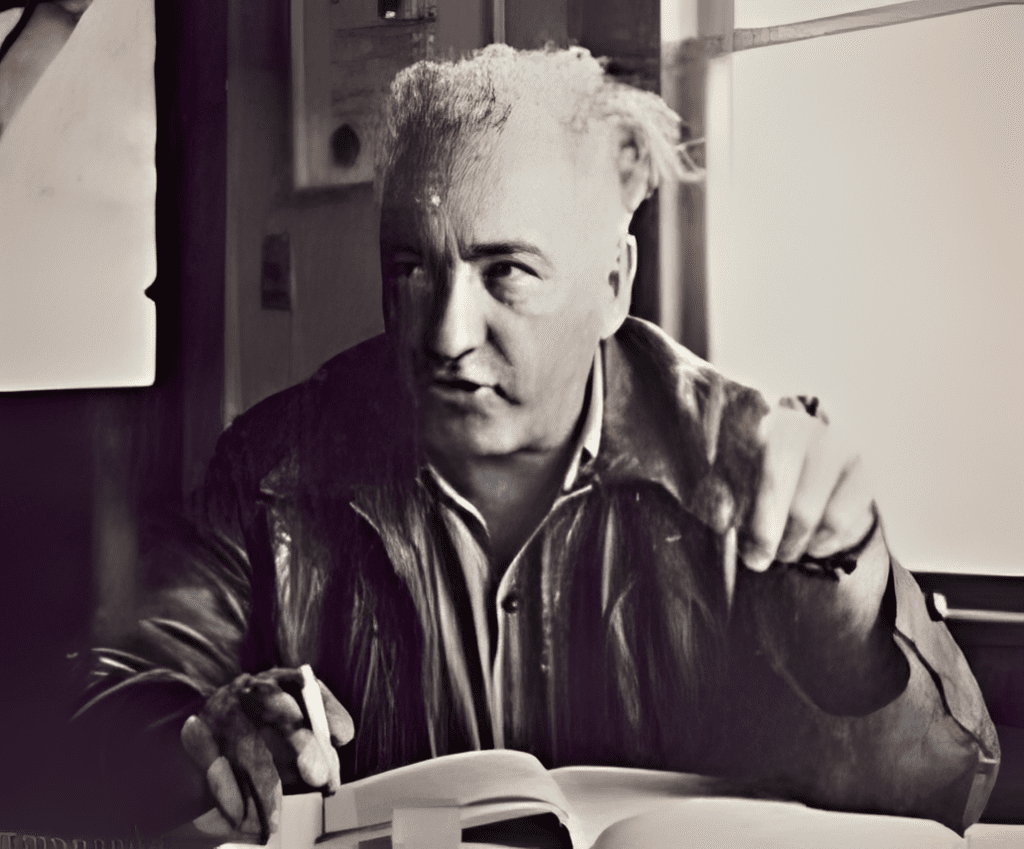
One of Reich’s most notable creations during this period was the orgone accumulator, a machine designed to concentrate and harness orgone energy for therapeutic purposes. The accumulator consisted of alternating layers of organic and inorganic materials, such as wood and metal, arranged in a box-like structure. Users would sit inside the chamber and experience various physiological and psychological benefits from exposure to a steady flow of concentrated orgone energy.
Reich also explored the use of orgone energy in agriculture, believing it could improve soil fertility and plant growth. He conducted experiments with orgone-charged soil and water, theorizing that orgone energy could revitalize depleted ecosystems and enhance agricultural yields.
Another machine developed during this period was the cloudbuster, a device designed to channel orgone energy with the aim of influencing the weather.
Reich even met with Albert Einstein on January 13, 1941, asking him to evaluate his orgone accumulator box. However, Einstein never commented on Reich’s inventions. Also in the 1940s, Reich would be joined by what would become one of his most important disciples, Alexander Lowen, who years later would be the creator of Bioenergetic Therapy.
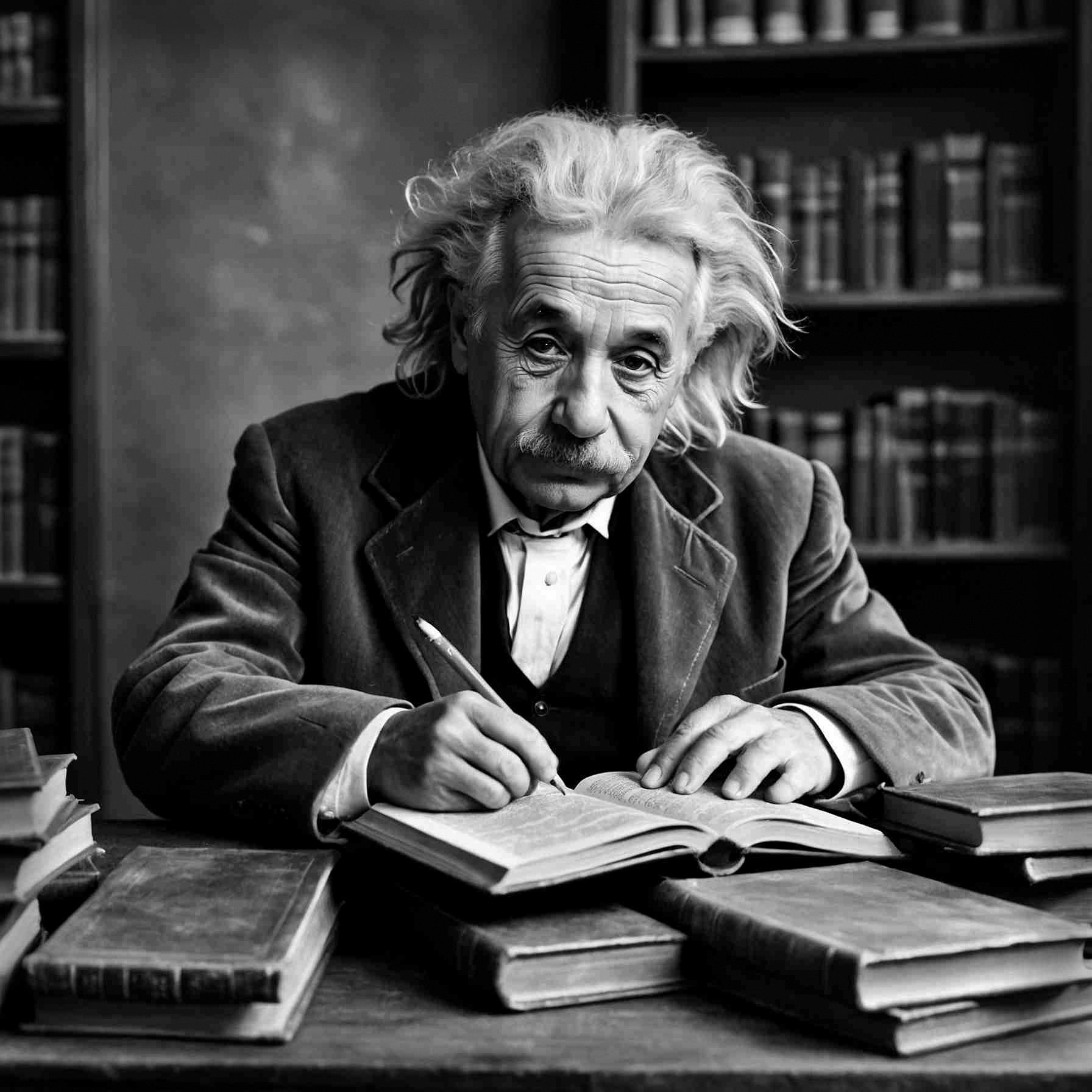
Despite his innovative research and contributions to orgonomic science, Reich faced growing opposition from mainstream medical and scientific establishments in the United States. His theories on orgone energy and orgone therapy were met with skepticism and hostility, with critics dismissing them as pseudoscientific and unfounded.
PROBLEMS IN THE US: WILHELM REICH JAILED
Reich’s controversial theories and practices drew scrutiny from the U.S. government and medical authorities. In 1947, as Reich’s ideas were gaining popularity, the FDA initiated an investigation into Reich’s orgone theory, alleging that his claims about orgone energy and orgone therapy constituted fraudulent medical practices.

In 1954, the FDA obtained a court order against Reich, prohibiting him from distributing orgone accumulators and related materials across state lines. Reich, however, refused to comply with the court order, maintaining that his work was legitimate scientific research and not subject to government regulation.
Reich’s challenge to the court order led to his arrest and subsequent trial for contempt of court. In March 1956, he was found guilty and sentenced to two years in federal prison. Throughout the trial, Reich remained steadfast in his belief in the validity of his research and the importance of defending scientific freedom.
While in prison, Reich continued to write and correspond with his followers, but his health began to deteriorate rapidly. On November 3, 1957, just a few months before his release, Wilhelm Reich passed away in his cell at the age of 60.
The suppression of Reich’s orgone research by the FDA marked a significant setback for orgonomic science. His imprisonment and the destruction of his research materials dealt a blow to the advancement of orgone theory and its potential applications in medicine and psychology.
THE PERSISTENCE OF REICH’S FLAME
In the decades following Reich’s death, interest in orgone energy and orgone therapy persisted among alternative health practitioners and researchers, despite ongoing skepticism and controversy within mainstream scientific circles.
Today, following in Reich’s footsteps, orgone therapy and bioenergetics continue to be practiced, and a wide range of devices called orgonites (orgone pyramids, orgone pendants, etc.) are still being built to channel orgone energy in an effort to improve the physical and mental health of individuals.
Reich’s work continues to inspire curiosity and debate, serving as a reminder of the complexities of scientific inquiry and the challenges of questioning established paradigms in the pursuit of truth.
